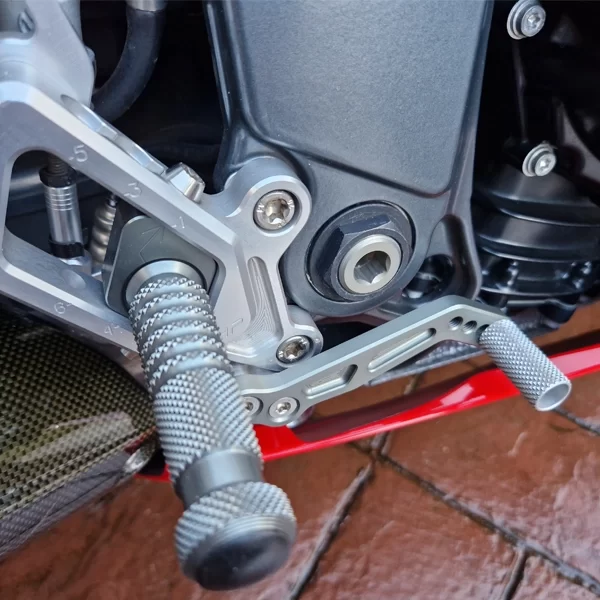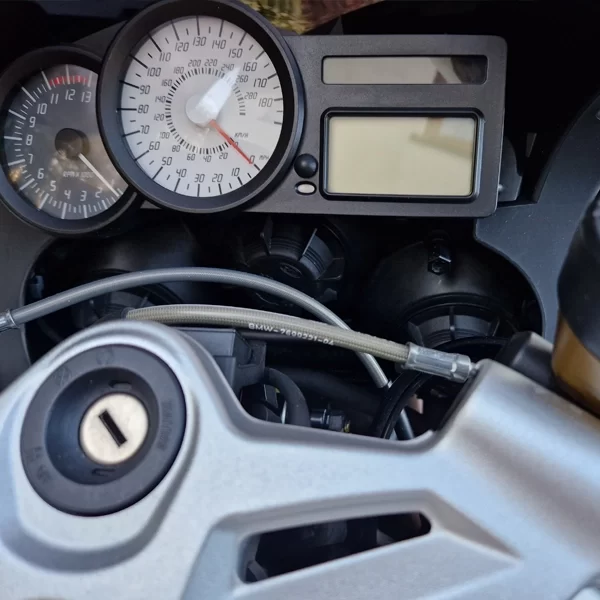Whilst there are many motorcycle accident scenarios which affect riders in the same way as other road users, (such as a collision caused by another vehicle pulling out of, or turning into a side road, or failing to give way when joining a roundabout), there are other types of motorcycle accident scenario which are more likely to affect a motorcycle rider, such as filtering accidents. This of course is where the rider filters along (typically) the outside of a queue of stationary, or slow moving traffic.
Filtering is legal, although the Courts have emphasised that this is an “inherently risky” manoeuvre and places a greater duty of care upon the filtering rider in that instance. The issue of that rider’s speed is often central to deciding whether the filtering rider was riding with the greater care expected in that situation. The slower the rider is carrying out the manoeuvre, the more likely a Court is to find that the rider was being careful.

However, if the other road user does not give any warning of a manoeuvre which then causes a collision with the filtering motorcycle rider, the other road user may well be found to blame for the collision. For example, there is a well reported court decision regarding a taxi driver who decided to perform a u-turn from out of a line of stationary traffic, just as a filtering motorcyclist was about to overtake him. The taxi driver began his u-turn manoeuvre at the same time as activating his vehicle’s indicator. The result was that the taxi turned across the rider’s path, causing a collision. At Trial, the Judge decided that the taxi driver’s failure to activate his vehicle’s indicator until he had begun his turning manoeuvre, meant that the rider had been given no opportunity to take any evasion action. Had the taxi’s indicator been activated whilst the vehicle was still in the line of traffic, then the motorcyclist would have had the opportunity to observe the indicator and therefore, be made aware the vehicle could pull out on him at any moment. In that case, had the rider continued to filter without slowing right down, or using the bike’s horn to alert the taxi driver as to his presence, then it seems likely that the overtaking motorcyclist would have been found partly to blame if a collision then occurred. On this occasion, the filtering rider had no warning of the taxi driver’s intended manoeuvre and was found not to blame for the collision.
The Courts place great emphasis upon the need for vulnerable road users including riders of motorcycles to have regard for their own and other road users’ safety. This applies even if the vulnerable road user has the right of way. This is because a Court will typically ask if the injured vulnerable road user could have reasonably done anything more in order to reduce their exposure to risk. An example of this would be choosing not to filter through traffic at a place where there is an increased risk of collision, such as at a road junction.
If you have been involved in an accident and are concerned (or have been told) that you might be partly to blame for the accident or collision, then please do not hesitate to contact us to discuss your concerns.

